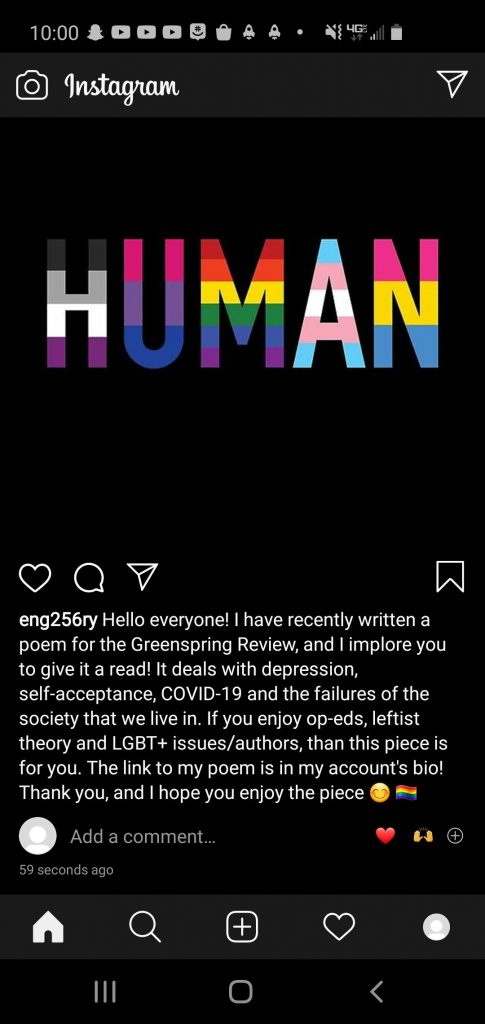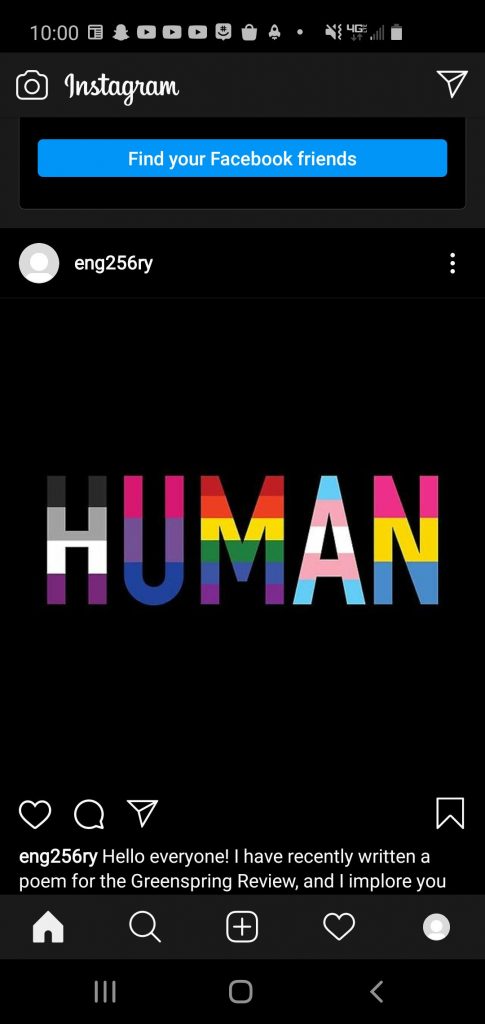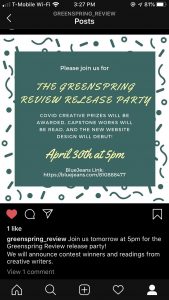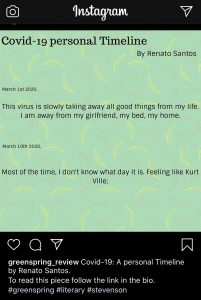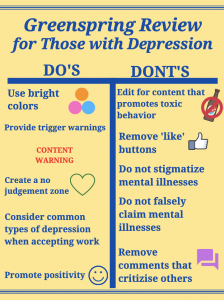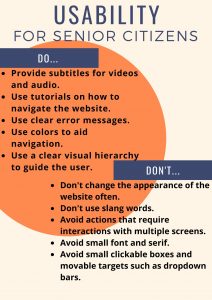COVID-19 Took a Piece of Me
Confusion. Traumatized. Devastation. Anger. Depression. Disbelief. Lost. All of these words are things that are constantly running through my head.
Is my family going to be okay? Will I get to see my friends soon? Will someone I know get COVID-19 and not survive it? If I get COIVD-19 will I survive it? Why my senior year? Why did lacrosse get taken away from me? These are all questions that I constantly ask myself.
In the beginning of March, word started to spread about the corona virus entering the United States. There were mild precautions that people could take to avoid getting it; not sharing drinks, Chapstick, food, constantly washing your hands, keeping a distance from people. These were all things that could be easily done to flatten the curve. Little did I know that that wouldn’t be enough.
March 13th, what I thought would be one of the worst days of my life. The day that I found out my senior season of lacrosse would be put on hold, but to be completely cancelled three days later.
I was sadly mistaken, March 15th is when a part of my died. To most people that sounds dramatic, but to me something that I had dedicated my life to for 15 years has disappeared into thin air.
Lacrosse was my outlet in life for everything. If I was upset, I played lacrosse, happy, played lacrosse, mad, played lacrosse, confused, played lacrosse. Lacrosse was always the answer to my emotions. Not only because it was a great way to let out those emotions, but because I also had a team that I could always turn to when I needed them, they were my second family.
Over the years I’ve been on several teams, all great girls, great coaches, and great memories, but nothing will compare to my college team. This team has been through it, all the good, the bad, the happy, and the sad. One of the toughest things that this team has been through is the abrupt separation we faced from COVID-19.
We got the news right before we were supposed to leave for spring break, for myself and fellow seniors, this would be the last college
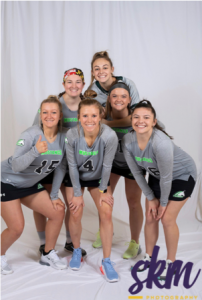
spring break we would have. This would be the last time that we all got to travel together and make memories that would last a life time.
This was supposed to be the best year of my college career, my senior season of lacrosse, my last year with my roommates that I have been with since freshman year, these were the times to make memories before we all walked across the stage together. But no, that was not the case anymore.
We were all sent home, for our safety of course, but that’s not how I felt about it.
COVID-19 ruined my life, or a part of it. For the first two weeks of being home I was constantly upset, found myself crying at random times throughout the day, and isolating myself from my family.
I never thought that this was the way my senior year was going to go, and at first, I refused to accept it, but had a “coming to Jesus” moment and realized that I was being selfish. I realized that I was lucky to be healthy and alive. I also realized that there are first responders working hard every day to help flatten the curve, working 12+ hour shifts, and wish they were at home lying in bed like I am doing while writing this paper.
COVID-19 has devastated me to an emotional level that I don’t think I can recover from anytime soon, but there are some people that will sadly die from COVID-19, and that is a tragedy that I hope to never experience.
Although COVID-19 has put in wrench in my senior year of college, it thankfully hasn’t put a wrench in my family or friends, it has allowed me to realize that the “little things” in life are bigger than I think, it has allowed to realize the importance of family time, it has allowed me to take a step back from social media, it has allowed me to self-reflect, it has allowed me to not be selfish.
So, although I would like to curse COVID-19, and I want to go back to my college life, and lacrosse, COIVD has actually done some good. It has helped replenish the earth and helped bring families and friends closer together.
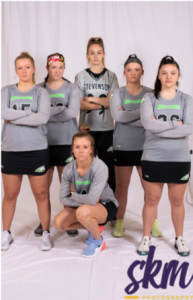
The feelings I have about school and lacrosse haven’t disappeared, and they won’t go away over night, but there are things in my life now that have taken priority over those things. I am still able to complete my classes, so I can obtain my degree, I am still able to connect with my friends on FaceTime, and I have more time with my family then I did while I was in school.
As crazy as this sounds, I would like to thank COVID-19. Thank you for giving things that I started to subconsciously take for granted. Thank you for helping me bring light to such a dark time. Thank you COVID-19.
